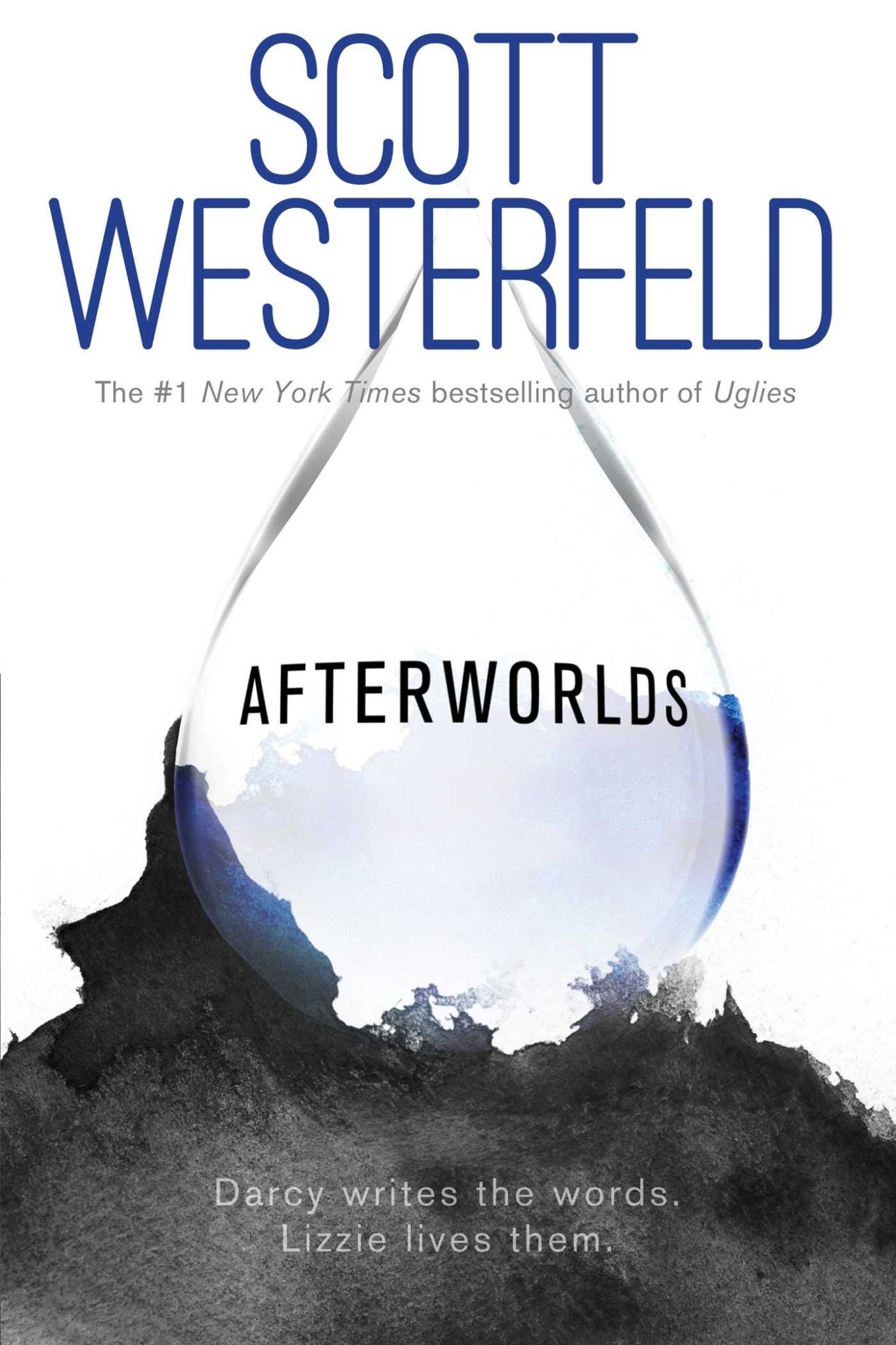
What lies in the realm of the dead? Scott Westerfeld’s latest novel, Afterworlds, finds teenage protagonist Lizzie Scofield caught in the middle of a deadly terrorist attack—and slipping into the underworld. But Lizzie is not real, not even within the framework of the fictional book; her story is written by 18-year-old Darcy Patel.
Through alternating perspectives, the captivating novel follows the parallel lives of Darcy the writer and her protagonist Lizzie. The book begins when Darcy has just written the first draft of Lizzie’s story as she begins the process of publishing her book. As Westerfeld stated in a promotional video for Afterworlds, the story is a “150,000 word answer to the question, ‘Where do you get your ideas for a novel?’”

The stories intertwine in a innovative way. As Darcy edits and rewrites her novel, the revisions come to life in Lizzie’s story, and conversely, the plot holes and mistakes of Lizzie’s story frustrate Darcy as she struggles to develop her novel until it is perfect.
However, the two tales contrast greatly, with one being a paranormal romance, while the other is realistic fiction. Because of this, each half of the novel appeals to separate audiences.
Darcy, being a recent high school graduate, is a considerably relatable character. Finding herself in a completely new world, Darcy struggles with love, her parents and how to live on her own, problems that many teenagers know too well.
The best part of the novel as a whole was seeing Darcy’s personal life and experiences find their way into her book. Without either half of the story, the book would seem incomplete, with each chapter of Darcy’s life complementing the next chapter of Lizzie’s life.
Westerfeld’s own experience of being an author is prevalent in the story—hidden within the novel, the personalities of other young adult authors resemble those of authors that Darcy meets when she moves to New York, such as Holly Black, who inspired the hands-on research style of Darcy’s fellow writer Imogen Gray, and John Green, whose online popularity matches another writer Darcy meets and idolizes, Stanley Anderson.
Westerfeld did an excellent job of showing Darcy’s frustration over rewriting aspects of her book, but failed to develop his ideas fully, and left the reader confused, because Darcy’s problems remained unresolved, at least until they were fixed in Lizzie’s story.
Westerfeld also could have improved the format of the two stories. Although it was fun to see how the two complemented each other, the alternating chapters make the stories choppy. They may have flowed better if each story was separate.
Because of Afterworlds’ unique storytelling, it is a fascinating read that’s “got the juice,” as one of Darcy’s friends states, but leaves the reader wanting a more complete, compatible narrative.





